
Loudspeakers are built into various types of products, from soundbars and TVs to headphones and hearing aids. Developing speakers that fit into new and improved designs — without compromising on sound quality, and typically even improving it — requires testing. Simulation software helps R&D teams design and test cheaper and faster than with prototyping alone, but this highly coupled problem requires multiphysics simulation for an accurate representation of the real world. Here are six areas where loudspeakers are being developed with the help of multiphysics simulation.
1. Home Entertainment Systems
TVs with Immersive Audio
Dolby Laboratories brought Dolby Atmos® enabled speaker (DAES) technology to market in 2014. Originally implemented in home theaters and soundbars, the organization aimed to implement DAES directly into TVs as well. Their goal? To design a DAES speaker that would be able to fit into a thin TV, while still providing the best “sweet spot” coverage for consumers.
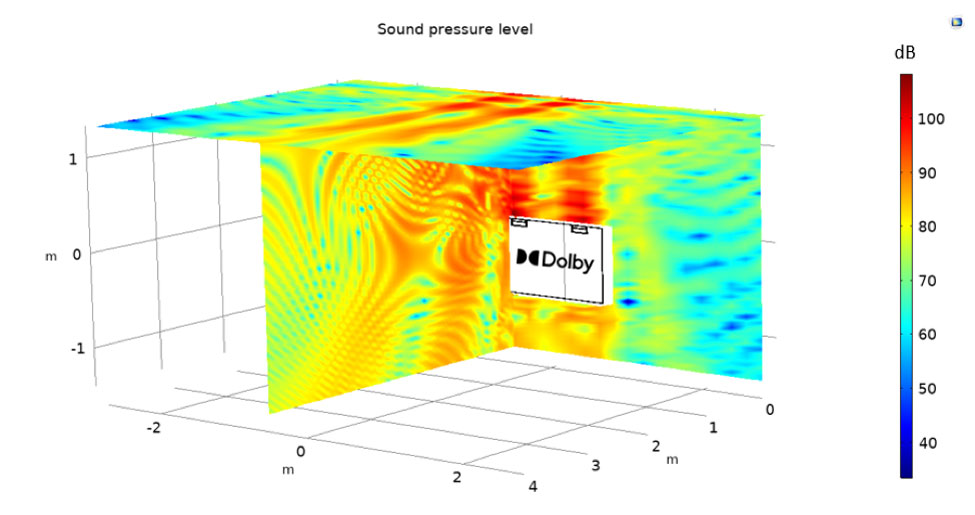
A plot of the sound pressure level (SPL) in a room with a Dolby Atmos® enabled speaker TV. Image courtesy Dolby Laboratories.
Simulation engineers at Dolby used a hybrid FEM–BEM approach to optimize the topology of the speaker’s acoustic reflector (FEM) and analyze its directional response (BEM). The simulation results were used to build a prototype, which was then tested with a near-field scanner. The Dolby team was able to determine that the integrated acoustic reflector can significantly improve DAES technology for thin TVs.
Read the full story: Developing Ultrathin Dolby Atmos® Enabled Speaker Technology for Home Entertainment Systems.
Soundbars
Samsung Research America has a dedicated audio lab in California where they design, develop, and test audio products. To design optimized loudspeakers for TVs and soundbars, the team needed to address three main qualities:
- Frequency response
- Sound distribution
- Nonlinearities
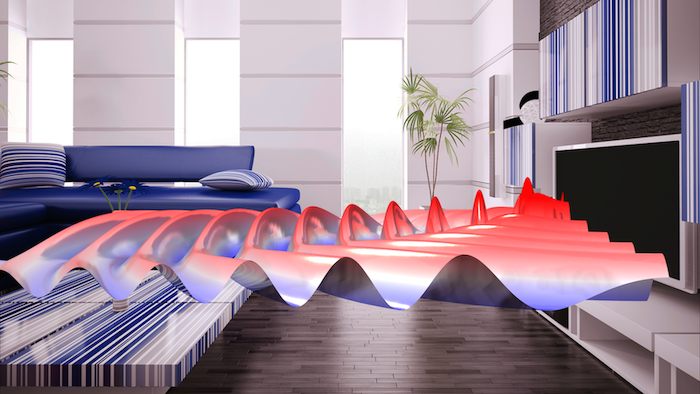
A living room with a plot of the radiation pattern, or spatial response, of a loudspeaker in a home entertainment system. Image courtesy Samsung Research America.
The Samsung team turned to simulation to study individual components in the loudspeaker, such as the waveguide, enclosure, and transducer, as well as the complete loudspeaker device. They then developed prototypes and tested them in anechoic chambers to validate the results. To further streamline the development process, the Samsung team built and distributed apps for their transducer designers.
Read the full story (and watch a related video): Samsung Amps Up Loudspeaker Designs with Simulation.
2. Headphones
VR Gaming
Valve Corporation, a leading developer of video game technology, tasked Tectonic Audio Labs to help develop a virtual reality (VR) headset that could provide suspension of disbelief for its end users. In response, the Tectonic team designed a state-of-the-art loudspeaker based on balanced mode radiator (BMR) technology.
BMR speakers, unlike traditional loudspeakers, embrace bending waves in the speaker diaphragm instead of avoiding them. They can also handle high frequencies, which is desirable for even sound propagation.
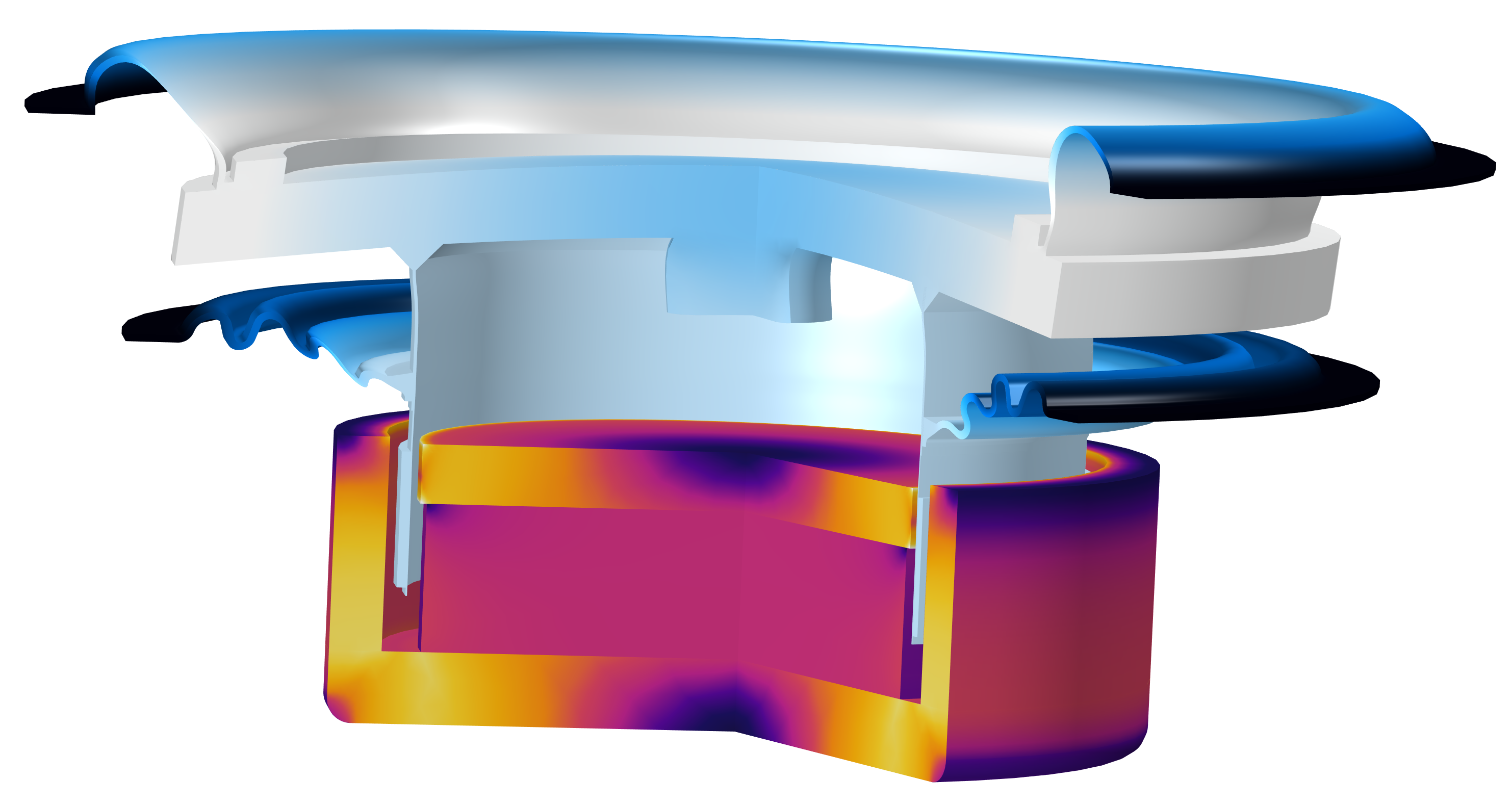
The fully coupled model of a BMR speaker. Image courtesy Tectonic Audio Labs.
Using multiphysics simulation of the electromagnetics, mechanical, and acoustics phenomena taking place inside the BMR speaker, the Tectonic team was able to optimize its model bending behavior, voice coil, and suspension geometry. The BMR speaker was then implemented into the VR headset and brought to market, where it is now a leading product for VR gaming.
Read the full story: Designing the Gold Standard of Immersive Audio for Virtual Reality Gaming.
Electrostatics
Warwick Audio Technologies (WAT) and Xi Engineering, a COMSOL Certified Consultant, developed an electrostatic transducer design for use in headphones. Electrostatic transducers are beneficial because they offer enhanced clarity, less distortion, and a wider bandwidth — attributes that are traditionally only available in high-end headphones.
The WAT and Xi teams turned to acoustics simulation to study the individual materials and design parameters of their electrostatic transducer component, and built simulation apps from their models in order to study how parameter changes affect their designs. This resulted in their high-precision electrostatic laminate (HPEL) transducer, a patented technology based on an ultrathin diaphragm and a single conductive plate (instead of a pair), which is perfectly suited for electrostatic headphones.
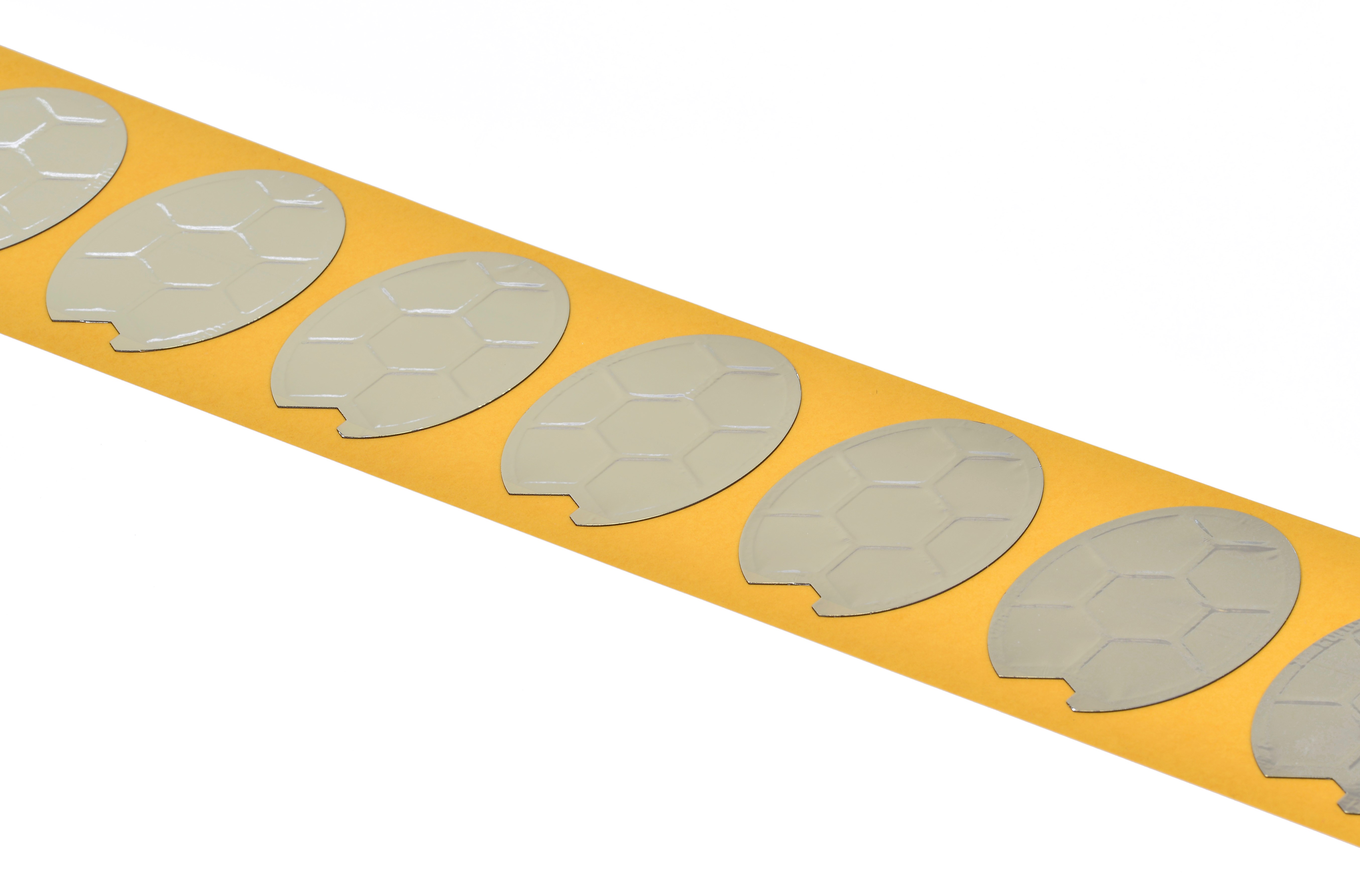
The HPEL transducer designed by the WAT and Xi teams. Image courtesy Warwick Audio Technologies.
Read the full story from COMSOL News 2017: Music to Your Ears: New Transducers Meet Electrostatic Headphones.
3. Hearing Aids
Knowles Corporation is a leading supplier of transducers for hearing aids. One issue they are consistently working to resolve is hearing aid feedback, which causes high-pitched squealing for end users and limits the amount of gain that the device can provide. To optimize their designs and speed up their prototyping process, the Knowles team developed vibroacoustics models of the hearing aid transducer, which offer a complete representation of the acoustic, mechanical, and electromagnetic behavior of the hearing aid. They then validated their models with physical measurements and shared their findings with other companies in the hearing aid industry.
“Until now, verifying and optimizing hearing aid designs has been as much art as science. We will be very happy to see new hearing instruments designs that have benefitted from these models.”
– Brenno Varanda, senior electroacoustic engineer at Knowles Corp.
Read the full story from COMSOL News 2017: On the Cutting Edge of Hearing Aid Research.
4. Cars
HARMAN International, a subsidiary of Samsung Electronics Co. Ltd, develops audio systems for luxury vehicles. These vehicles often include infotainment systems that offer the end user a personalized listening experience. To ensure that these systems provide the best audio possible, the HARMAN team uses simulation to account for the different components, acoustics, and unique car configurations — early on in the design process. Examples include how the stiffness of car doors affects the car’s acoustics and how the sound pressure level (SPL) in the car cabin changes depending on speaker placement.
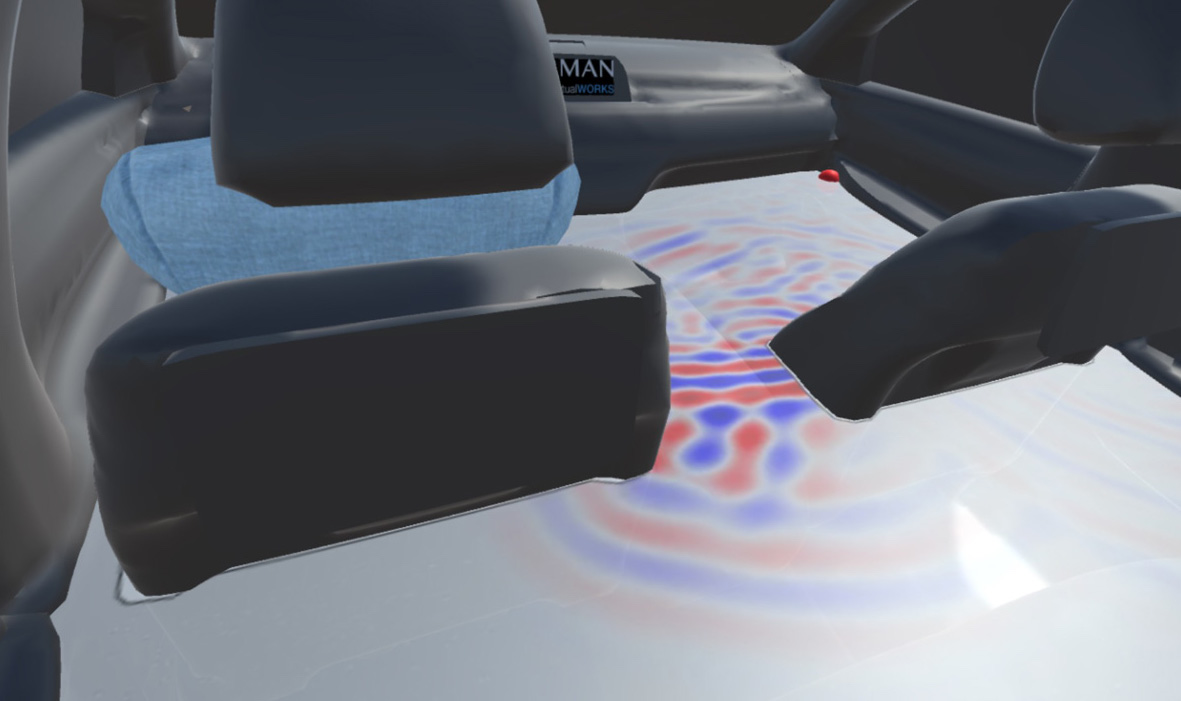
The acoustic sound field in the back seat of an augmented car environment. Image courtesy HARMAN International.
In addition, the HARMAN team develops and hosts a library of validated simulation apps so that engineers throughout the company can use them to easily predict loudspeaker performance in many different car configurations and listening conditions.
Read the full story: Simulation Applications Help Shape the Design of Car Audio Systems.
5. Portable Speakers
Sonos, Inc. designs portable loudspeakers for consumer use. One important requirement for these speakers: They need to work right out of the box. The Sonos team used simulation to account for three main aspects in their loudspeaker designs:
- Fatigue
- Environmental conditions
- User handling
They were able to ensure that their loudspeakers are durable enough to handle certain stresses.
Read the full story and watch the keynote video: Using Simulation to Develop Reliable Audio Transducers.
6. General Manufacturing
B&C Speakers designs loudspeaker drivers. By using multiphysics simulation, they are able to analyze the electromagnetics, mechanics, acoustics, and thermodynamics inherent to the design of these devices. B&C Speakers loudspeaker drivers are used in a variety of different manufactured audio products.
Watch the keynote video: Multiphysics Simulation Analysis Loudspeaker Drivers.
Your Turn!
The Application Gallery includes more than 20 tutorial models that feature loudspeakers and loudspeaker components. Browse the selection and follow along with one of the tutorials to try modeling a loudspeaker yourself in the COMSOL Multiphysics® software. All files are open access.
Happy modeling!
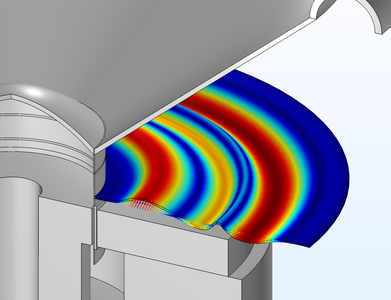
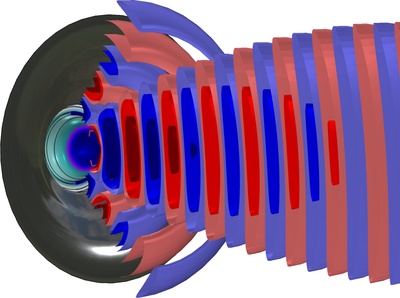
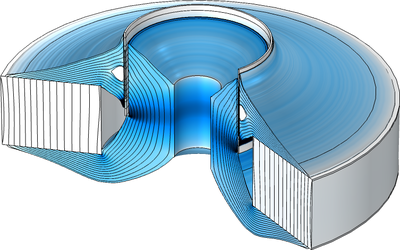
Dolby Atmos is a registered trademark of Dolby Laboratories Licensing Corporation.




Comments (1)
Sefan Maert
May 23, 2023Hey everyone!
As a passionate audio enthusiast, I’m thrilled to see how multiphysics simulation is revolutionizing the development of loudspeakers across various products. The integration of simulation software in the R&D process is allowing for faster and more cost-effective design iterations without compromising sound quality.
In the realm of home entertainment systems, it’s fascinating to learn about Dolby Laboratories’ efforts to create ultrathin Dolby Atmos® enabled speakers for TVs. By using a hybrid FEM–BEM approach, they optimized the speaker’s acoustic reflector, resulting in an improved audio experience. Similarly, Samsung Research America’s use of simulation to address frequency response, sound distribution, and nonlinearities in loudspeakers for TVs and soundbars showcases the power of virtual design and testing.
The application of simulation extends to headphones as well. Tectonic Audio Labs’ development of a state-of-the-art loudspeaker for VR gaming demonstrates how multiphysics simulation helped optimize the bending behavior, voice coil, and suspension geometry of the speaker, enhancing the immersive audio experience for gamers.
Kudos to the teams and companies mentioned in the article for their dedication to pushing the boundaries of audio engineering. I’m looking forward to experiencing the next generation of loudspeakers that result from these innovative developments. Keep up the great work!